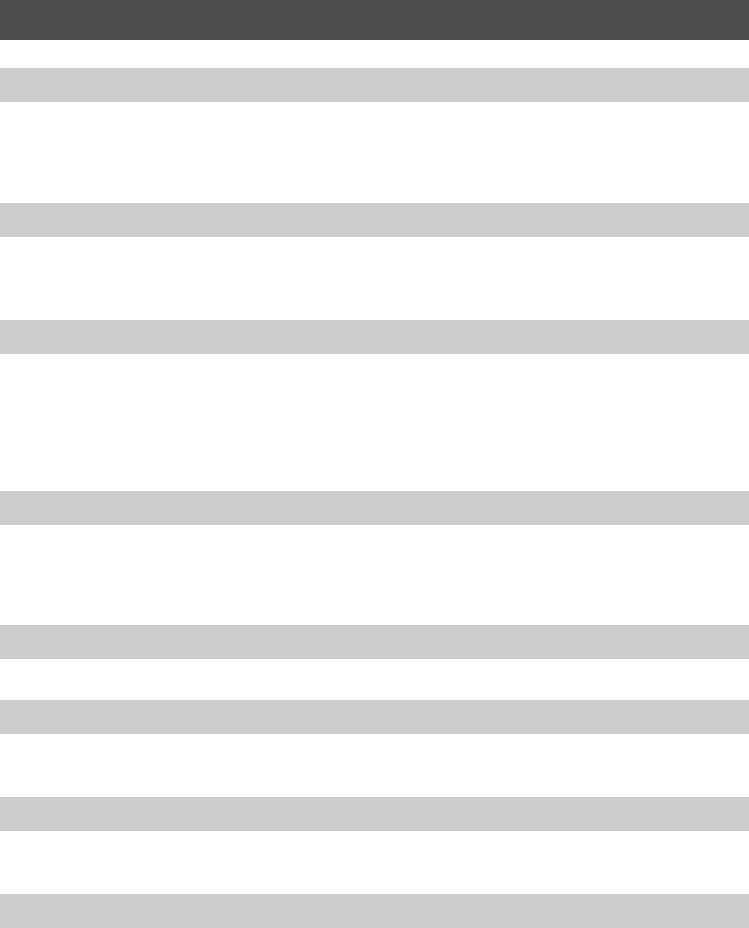
16
PROBLEMS AND SOLUTIONS
• Please note that noises caused by the refrigerant circuit cannot be avoided.
You can hear a liquid bubbling in the appliance
• Do not wrap food with paper.
• Store foods covered and clean the cold inlet.
There is a bad smell inside the appliance
• Space the food out as much as possible to improve ventilation.
• Is the door fully closed?
There is a layer of frost on the surface of stored food.
• Food with a high water content is stored uncovered with a high humidity level or the door has been left
open for a long time.
• Store the food with a cover or in sealed containers.
Condensation forms on the inside wall of the appliance and around vegetables
• Check that the power plug is correctly connected.
• Is the temperature control on the front panel correctly set?
• Does sun shine on the appliance or are there heat sources nearby?
• Is the back of the appliance too near to the wall?
The appliance is not operating at all or the temperature is too high
• Is the temperature control on the front panel set to the coldest temperature?
• Is the surrounding temperature too low?
• Did you put food with a high water content in the refrigerator?
The food in the refrigerator is frozen
• Check that the appliance is installed on a stable, level floor.
• Is the back of the appliance too near to the wall?
• Have any foreign objects fallen behind or under the appliance?
• Is the noise coming from the compressor in the appliance?
• A ticking sound may be heard inside the appliance; this is normal. This sound occurs when the various
accessories contract or expand.
There are unusual noises
• Heat-proof pipes are installed in the front corners of the appliance to prevent condensation from forming.
When the surrounding temperature rises, this may not always be effective. However, this is not abnormal.
• In very humid weather, condensation may form on the outer surface of the appliance when moisture in
the air comes into contact with the cool surface of the appliance.
The front corners and sides of the appliance are warm and condensation starts to form
W2-PJT(EN) 12/8/01 11:24 AM Page 16


















